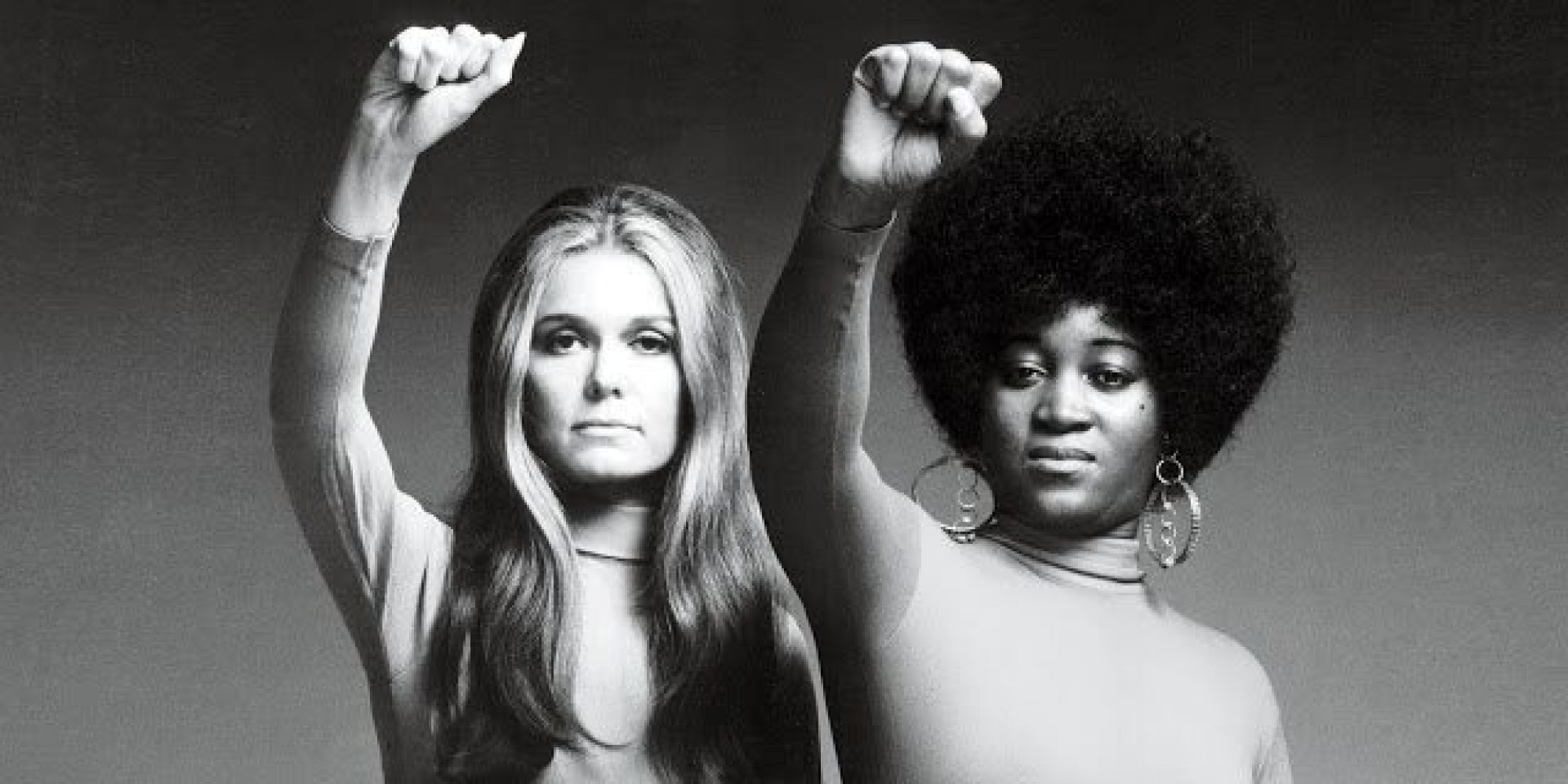Recently, an organization came to my attention called Independent Women’s Forum (IWF). According to their website, IWF is committed to “limited government, economic liberty and personal responsibility–done by educating about and advocating for policies that are as principled as possible, while as pragmatic as necessary to actually achieve directionally-right changes that will benefit Americans.”
What particularly tipped me off to IWF was an Instagram post that found its way to my feed, where they make the claim that the gender wage gap is a myth. This post, along with many other articles on their website, asserts that the wage gap is a farce contrived by The Left to victimize and effectively erase women. In the post, IWF cited a few main points as to why they believe the gender wage gap is not a matter of systemic inequalities, but rather choice: they argue that women make choices that lead to the economic disparity they face in the United States.
However, their explanation of the wage gap avoids several pertinent facts that require elaboration. In this article, I will argue why the gender wage gap is in fact real by addressing the arguments point-by-point from their Instagram post below:
1. “Women and men take on different roles in their families”
Yes, you are more likely to see women than men taking on the brunt of childcare within their families. But while IWF argues this as plain fact unworthy of further explanation, I think it’s important we dive deeper by examining the unfortunate reality many families face. To begin, childcare is incredibly expensive in the United States. According to Economic Policy Institute, the cost of childcare in some states is astronomical. In New Jersey, the annual cost of infant care can soar upwards of $12,000 per year—about the same cost as tuition for an in-state four-year public college.
For many families, it makes sense for one parent to choose to stay home to take care of the children rather than pay the outrageous cost of daycare. This often ends up being the mother. Why? Because males tend to have higher salaries due to the gender wage gap. And thus, the cycle is repeated. Leaving their careers to raise a family is not necessarily a choice that women make from of an abundance of other options—for many it is the only logical solution for their families.
Beyond the financial decisions families must make, past precedent has largely cast women into the childrearing role. This is not to say that women who choose to be stay-at-home mothers is in anyway wrong: it is simply to say that it should be a choice, not an expectation.
So, instead of justifying why women stay home to raise the children while men get to pursue decades-long careers, why don’t we look for long-term solutions that level the playing field, such as affordable childcare and ending social stigmas surrounding mothers and fathers?
2. “Women more often work in lower-paying professions”
Yes, there are female-dominated fields in which wages are lower. But why have we accepted that people working in these professions—including teachers, social workers, and nurses—should be paid less when they are doing arguably some of the most important work in society? We can acknowledge that these are poorly paid professions (though we shouldn’t accept it), but men in these roles are still making more than women. According to Statista, male elementary and middle school teachers make an average of $1,148 per week compared to $982 for women. And male nurses make $1,271 per week as compared to female nurse’s income of $1,156. And these are just to name a few. Male social workers, education administrators, and counselors make hundreds more per month than their female counterparts. Even in these female-dominated fields, women receive the underlying message that their work is not as valuable as the work of men in the same position.
3. “Women work fewer hours than men”
According to the infographic, women work just 7.8 hours per day compared to men’s 8.3 hours. That’s about 39 hours of work per week by women and 41.5 for men. So, on average, women work about 94% of the hours that men do. By that logic, one might argue that women should make 94 cents for every dollar men make. Yet, according to Pew Research Center, women make only 85 cents for every dollar their male counterparts do. While factoring in the difference in the amount of hours worked by women and men, there is still a huge disparity in pay.
4. “Women and men make different choices in education and training”
IWF argues that women gravitate toward degrees that focus more on personal fulfillment rather than financial success and social status. And by making this point, they highlight a larger issue at hand, that being the deeply-rooted stereotype that women are meant to be caretakers, nurturers, and empathic do-gooders, while men are emotionally inept, rough-and-tumble corporate honchos. As a society, we discourage men from taking on roles that require empathy, emotional expression, and vulnerability. This issue could be its own article, but in summary this begins from the time children are young. We taunt boys for showing any signs of stereotypical femininity and brand girls as “bossy” when they show ambition or drive.
5. “Men are more likely to work in dangerous work conditions”
This may be statistically true; just as there are female-dominated fields such as those we discussed before, there are also male-dominated ones. These include industries such as construction, logging, and other manual-labor jobs. According to the US Bureau of Labor Statistics, women comprised only 13% of mining, logging and construction jobs as of February 2020.
Sure, I suppose the logic that the most dangerous jobs should pay the most makes sense. But by that logic shouldn’t the millions of nurses working on the frontlines of the covid-19 crisis be receiving a huge increase in salary? But as one article from The Atlantic demonstrates, this is not the case. We simply applaud them from our balconies and hail them as national heroes while keeping their wages the same, over-exhausting them with excessive hours, and, in many states, protesting social distancing guidelines which not only intensifies the danger but also bars frontline healthcare workers from leaving and entering hospitals.
Furthermore, let’s explore the relationship between dangerous jobs and wages. According to the US Bureau of Labor Statistics, logging is the most dangerous job in the country. It had the most reported injuries in 2018 of all occupations, at nearly 100 injuries for every 100,000 workers—incredibly dangerous when compared to other low-risk jobs. Yet, according to the same report, the median salary for logging workers in 2018 was just $40,650 per year. This falls far below the national median income of $61,937, according to the Census Bureau. And this isn’t the only dangerous job dominated by male workers that does not pay well. According to data from the US Bureau of Labor Statistics, the second most dangerous occupation, fishing workers, earn an average of just $31,190 per year; roofers just $42,100; and refuse and recyclable material collectors just $40,560. As we can see from these figures, the level of danger associated with one’s job does not automatically translate to higher pay—and thus, men don’t earn more by default of taking up these occupations.
The arguments that IWF lays out about the gender wage gap do have some merit. Yes, women tend to gravitate toward fields that are low-paying and value job satisfaction and personal fulfillment over financial incentives. It is also true that men dominate dangerous professions such as mining, logging, and construction. What IWF ignores is that women still earn less than their male counterparts, even in female-dominated fields, and that the dangerous jobs that men occupy are not where the pay disparities between genders lie. While IWF asserts that women make a series of choices that result in lower overall earnings than men, they forget that women have limited choices to begin with due to gatekeeping by men that has occurred for centuries.
The arguments made by IWF do not prove that the gender wage gap is a myth; instead, they prove that gender inequalities still exist ACROSS THE BOARD, and the wage gap is just one manifestation of such inequity.



